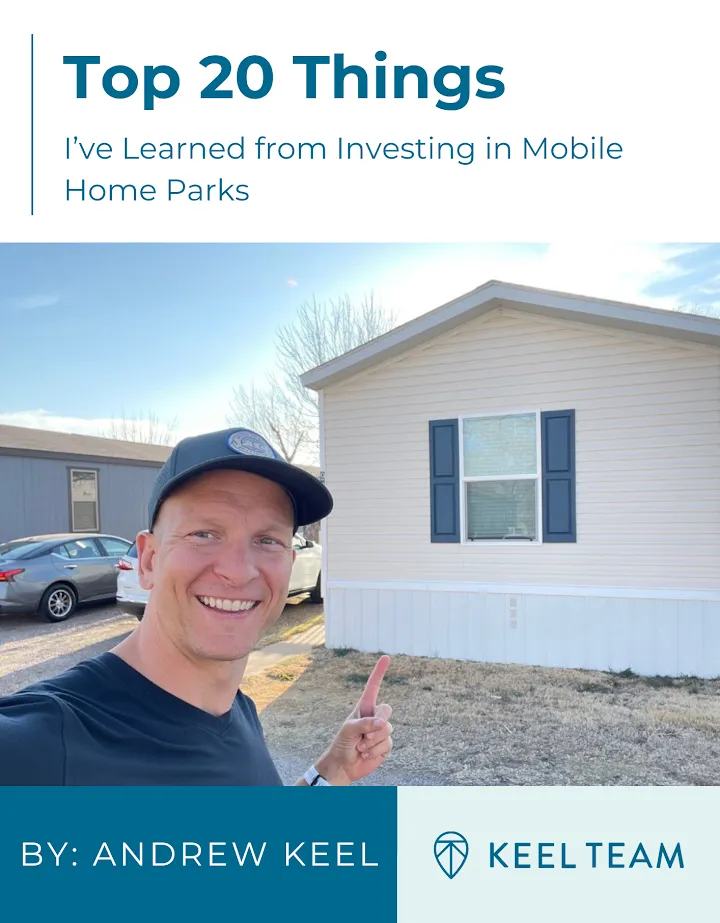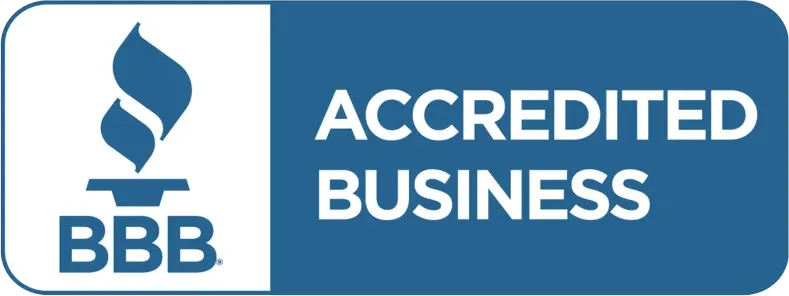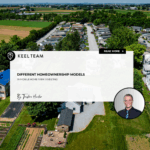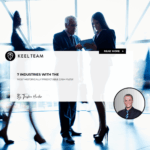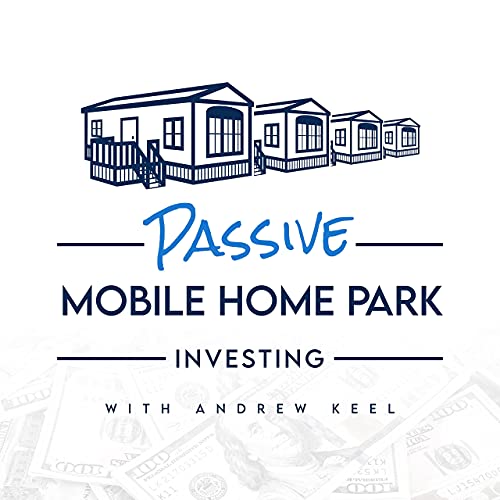Understanding Return Metrics in Mobile Home Park Deals
-
 Tristan Hunter - Investor Relations
Tristan Hunter - Investor Relations
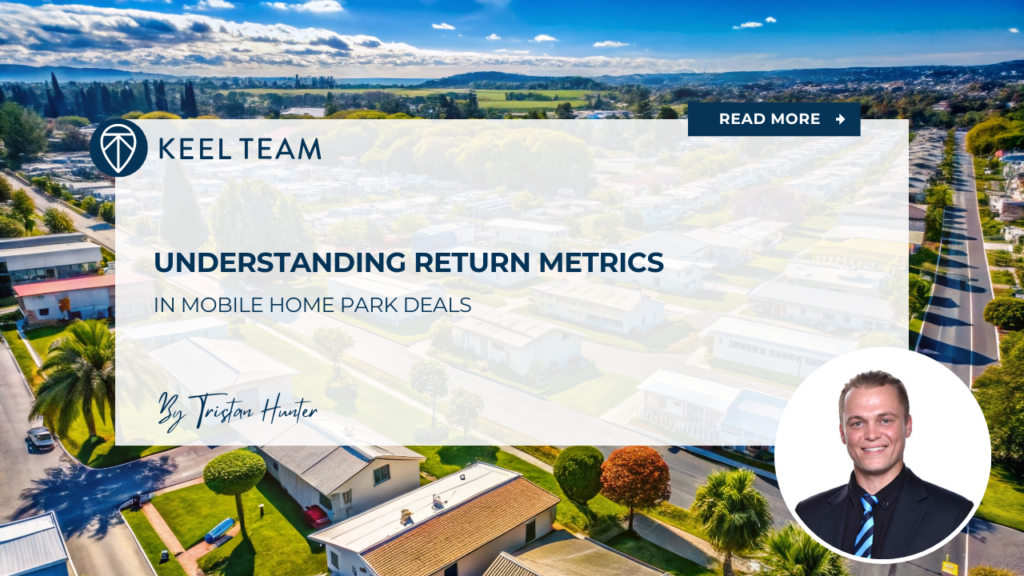
Investors looking into mobile home park deals often hear terms like IRR, cash-on-cash return, and equity multiple. These metrics help evaluate the potential of a real estate investment, but they can be confusing at first glance. In this article, we’ll break down each term, explain what it means, and share how they are typically used when analyzing mobile home park investments. While no return is ever guaranteed, understanding these numbers can help investors make informed decisions.
Why Returns Matter in Mobile Home Park Investing
Returns are a key part of any investment decision. In mobile home park investing, returns help paint a picture of the risk, timeline, and potential upside of a deal. Investors generally want to know two things: How much money they might make, and how long it might take to earn it back. IRR, cash-on-cash return, and equity multiple all help answer those questions—but from different angles.
What Is IRR and Why It Can Be Useful
IRR, or Internal Rate of Return, estimates the annualized return of an investment over time, factoring in the timing of cash flows. It’s often used to compare real estate deals with different holding periods or cash flow patterns.
How IRR Works
IRR is the rate at which the net present value (NPV) of all cash flows (inflows and outflows) equals zero. In simpler terms, it’s the discount rate that makes the future cash flows of an investment equal to the original investment amount.
For example, a mobile home park that returns $50,000 a year for five years and sells in year five for $500,000 might have a different IRR than a deal with uneven cash flows or a longer holding period, even if the total return is the same.
Pros of IRR:
- It factors in time: Money received sooner is worth more.
- It’s helpful when comparing mobile home park deals with different timeframes.
Things to Keep in Mind:
- IRR assumes you can reinvest returns at the same rate, which may not always be realistic.
- A high IRR doesn’t always mean high actual profits—it just shows speed and efficiency of returns.
Download our FREE eBook on the Top 20 things to know BEFORE investing in mobile home parks!
What Is Cash-on-Cash Return?
Cash-on-cash return measures the annual pre-tax cash income relative to the amount of cash invested. It gives a snapshot of how much income an investor might earn each year based on their initial out-of-pocket investment.
How It’s Calculated:
Cash-on-cash return =
Annual Cash Flow / Initial Equity Investment
If you invest $100,000 in a mobile home park deal and receive $10,000 in distributions during the first year, your cash-on-cash return is 10%.
Why It Matters:
Cash-on-cash return focuses on actual cash in your pocket, making it easy to understand. It’s especially useful for investors who rely on consistent income.
Pros of Cash-on-Cash:
- Simple to calculate and easy to compare
- Reflects real cash flow, not just paper gains
Limitations:
- It doesn’t typically account for appreciation or eventual sale
- It often only looks at one year at a time, not the entire lifecycle of the deal
What Is an Equity Multiple?
The equity multiple shows how much total return an investor might expect relative to their initial investment. It gives a clear picture of overall profitability.
How It’s Calculated:
Equity Multiple =
Total Distributions / Initial Equity Investment
So, if you invest $100,000 and over time receive $250,000 in total returns (cash flow + sale proceeds), your equity multiple is 2.5x.
Why It’s Helpful:
Equity multiple focuses on total return, not just annual income. This is useful for long-term investors who want to know the big picture outcome of their investment in a mobile home park.
Benefits of Equity Multiple:
- Simple, big-picture view of returns
- Easy to compare deals with similar hold periods
Considerations:
- It doesn’t consider time—a 2.0x return over 3 years is much better than 2.0x over 10 years
- Best used alongside IRR or cash-on-cash for a full picture

How These Metrics Work Together in Mobile Home Park Deals
Each of these metrics tells a different part of the story. Smart investors look at them together rather than relying on just one.
- IRR tells you how quickly the returns might come
- Cash-on-cash return tells you what kind of annual cash flow to expect
- Equity multiple tells you the total potential profit
Example:
Let’s say you invest in a mobile home park deal with the following projected outcomes:
- $100,000 investment
- $8,000 in annual cash flow for 5 years
- $160,000 sale proceeds in year five
That’s:
- IRR: ~17%
- Cash-on-cash: 8% annually
- Equity Multiple: ([$8,000 × 5] + $160,000) / $100,000 = 2.0x
This shows a solid blend of steady cash flow, strong long-term gain, and respectable speed of returns.
What Affects Returns in Mobile Home Park Investments?
Returns can vary depending on several key factors:
- Occupancy rates: Higher occupancy typically leads to more consistent income.
- Lot rents: The ability to increase rents can improve returns over time.
- Operating expenses: Lower expenses can increase net income and improve metrics like cash-on-cash.
- Exit strategy: Selling at a premium or adding value through improvements can significantly boost return and equity multiple potential.
- Leverage: Using debt can potentially amplify returns, but it also usually increases risk.
Keep in mind, while these factors can drive higher returns, they can also lead to downside risk. No return metric can fully predict a deal’s outcome.
Final Thoughts
Understanding IRR, cash-on-cash return, and equity multiple is essential when evaluating mobile home park deals. Each metric offers valuable insight, but no single one tells the whole story. When used together, they can help investors better understand potential outcomes, compare different opportunities, and align investments with their personal goals.
As with any investment, it’s important to do due diligence and consult with professionals before making a decision. Mobile home park investing can possibly offer attractive returns—but only when approached with the right mindset and tools.
Are you looking for MORE information? Book a 1-on-1 consultation with Andrew Keel to discuss:
- A mobile home park deal review
- Due diligence questions
- How to raise capital from investors
- Mistakes to avoid, and more!
Disclaimer:
The information provided is for informational purposes only and is not investment advice or a guarantee of any kind. We do not guarantee profitability. Make investment decisions based on your research and consult registered financial and legal professionals. We are not registered financial or legal professionals and do not provide personalized investment recommendations.

Tristan Hunter - Investor Relations
View The Previous or Next Post
